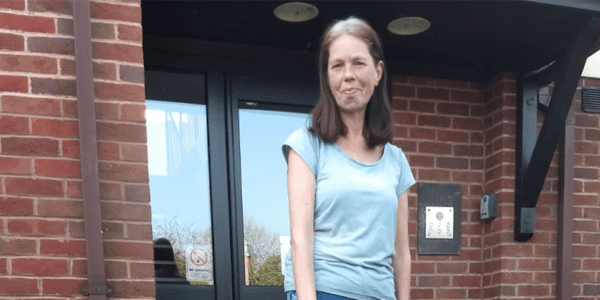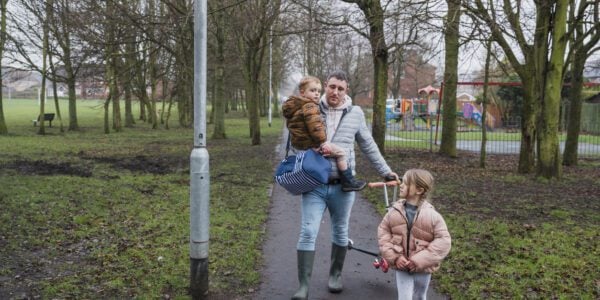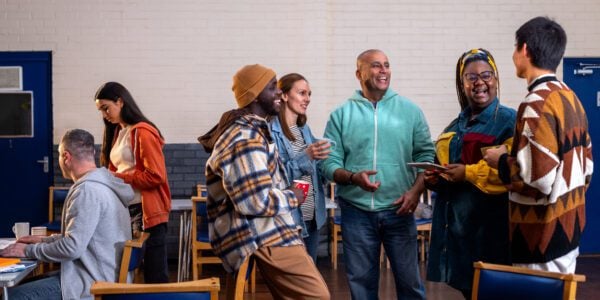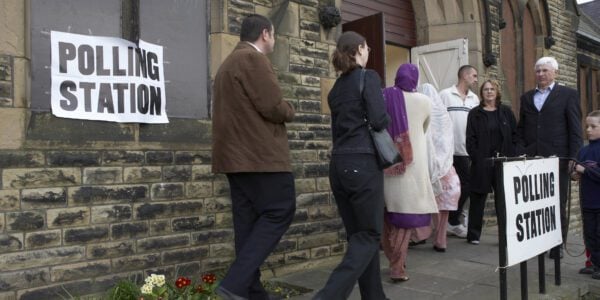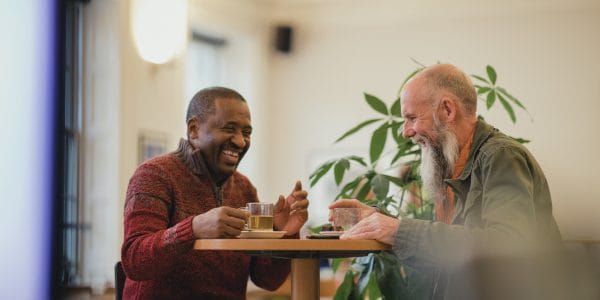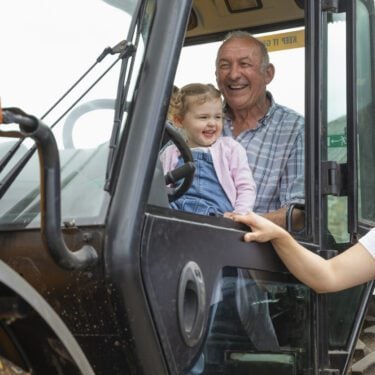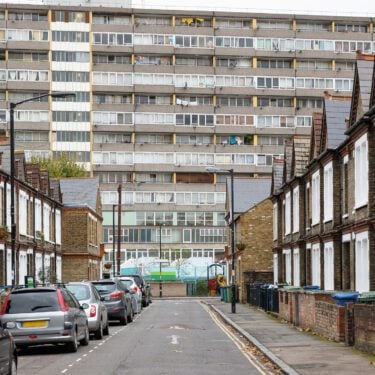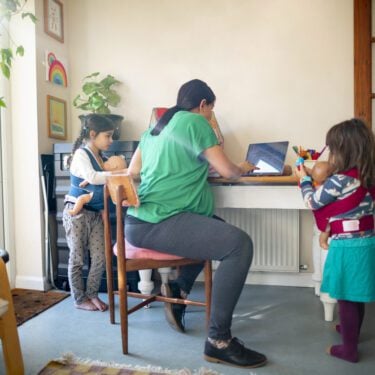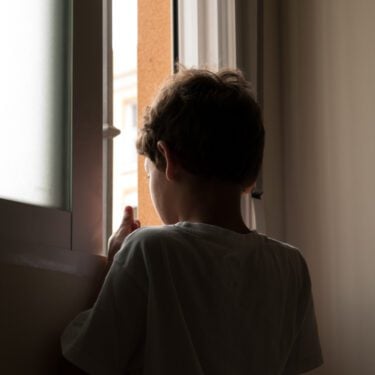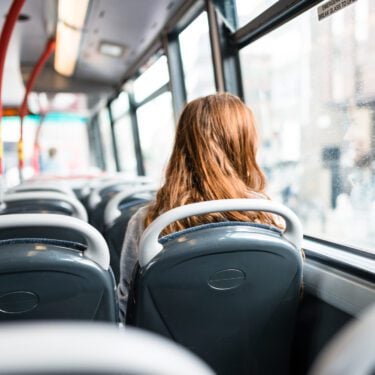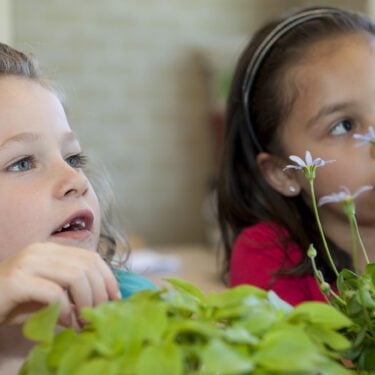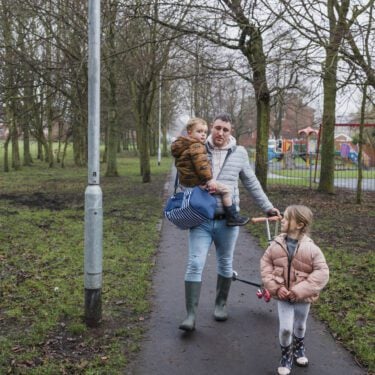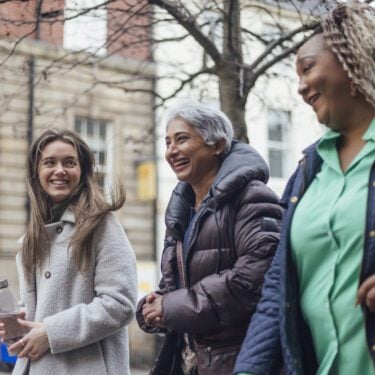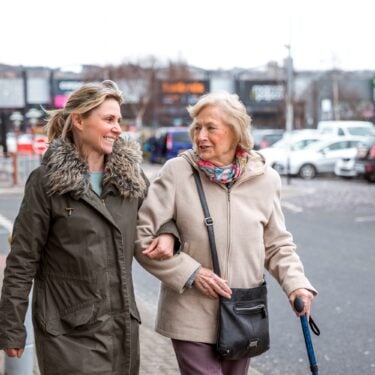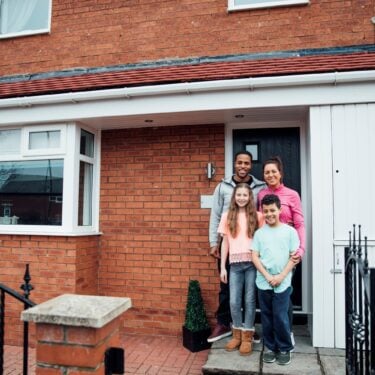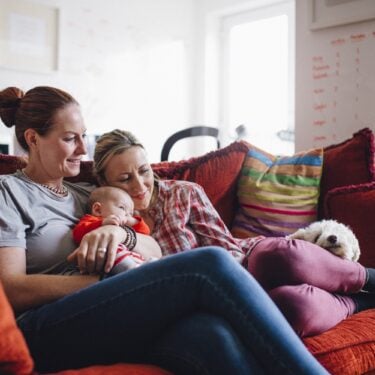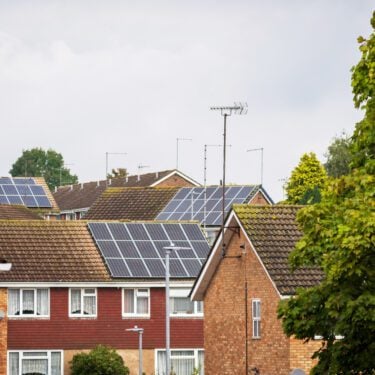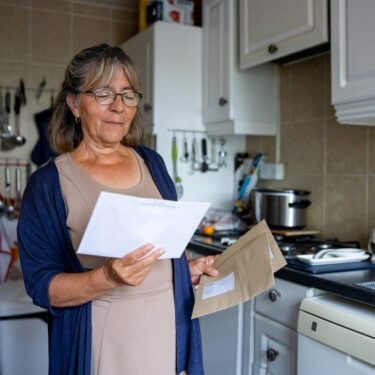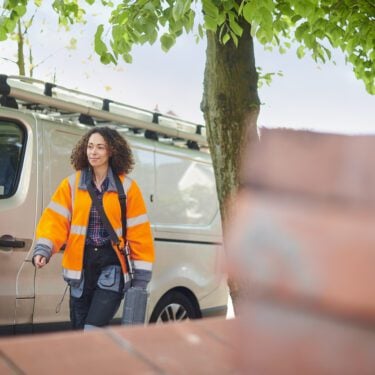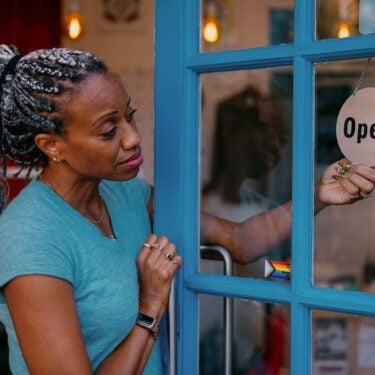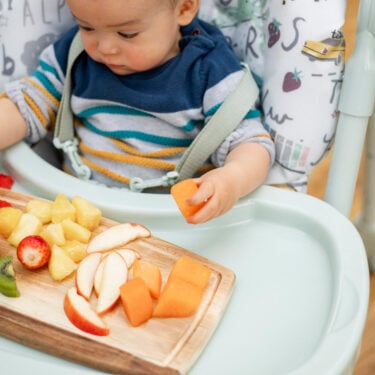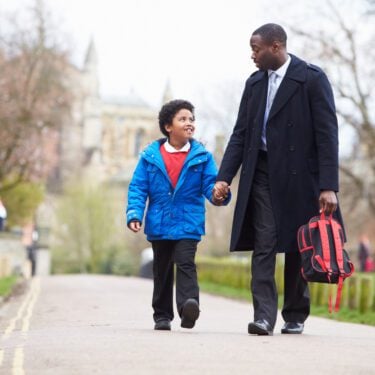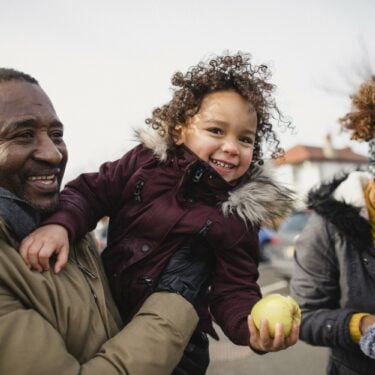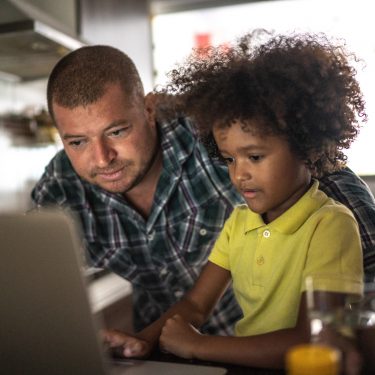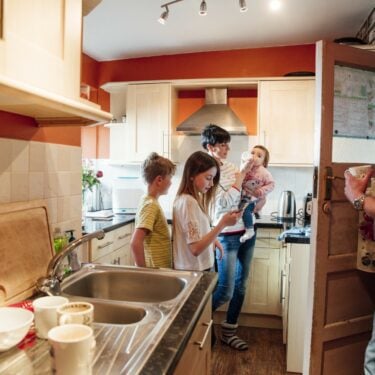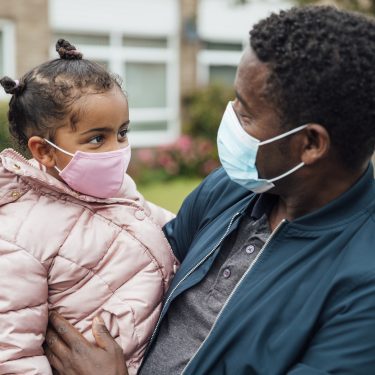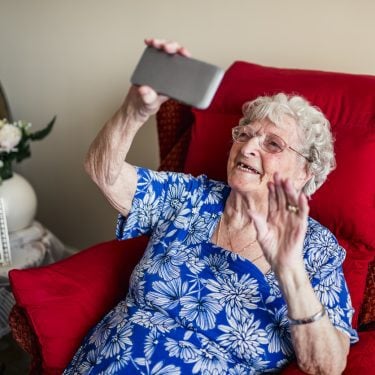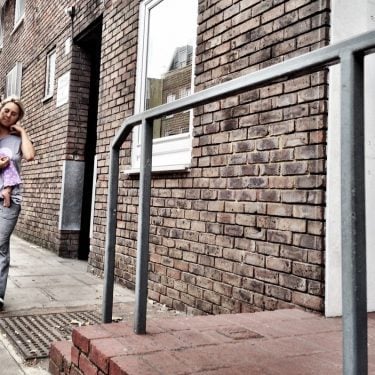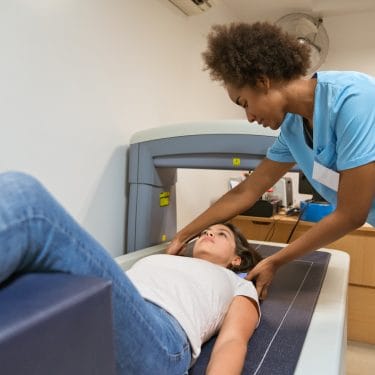Household wealth in Great Britain amounts to £5.5 trillion, even excluding pension rights – four times national income. It is far more unequally distributed than incomes or earnings.
Official figures show that the top tenth of households owned 850 times the total wealth of the bottom tenth in 2008-10, if pension rights are added in. The top 1 per cent had 14 per cent of the total – an average of more than £5 million for each household.
Yet the results of a three year research programme presented in a new book by LSE academics finds that tax, benefit, care, housing, and education policies are inconsistent and fail to narrow the wealth gap. The research was funded by the Nuffield Foundation with support from the Economic and Social Research Council.
“Looking across tax and social policies, it is hard to discern a consistent pattern for the treatment of wealth and savings,” said Professor John Hills, Director of the Centre for Analysis of Social Exclusion (CASE) at LSE.
“Our research shows that there are very sharp differences in treatment between people. Some are strongly encouraged and helped by the tax system to accumulate wealth in particular forms, while others face strong disincentives from means-testing to do so. People can even face both at the same time. These systems often reinforce wealth inequalities, rather than narrow them.”
- The researchers looked at key issues connected with the distribution of personal wealth in the UK and examined why wealth is now such an important factor in social differences and public policy. Findings in the book include that:
- Inheritances are worth about 4 per cent of national income. Each year around one adult in forty receives an inheritance, but these are very unequally distributed. Over the ten years from 1996 to 2005 half of the total went to the top tenth of inheritors, just 2 per cent of all individuals.
- The 1995-2005 house price boom favoured mortgagors, those in middle age, and the more highly qualified. Those who were owner-occupiers by 2005 had the largest wealth increases. Increases in net wealth averaged £186,000 (at 2005 prices) for mortgagors who became outright owners, for instance.
- Having wealthier parents and having more of one’s own financial assets early in adulthood are both associated with improved outcomes in education, employment and health – outcomes which can themselves lead to further accumulations of wealth, increasing the gaps still further, as well as directly improving quality of life. The findings reveal a positive association between early asset-holding and subsequent general health and psychological well-being ten or even 20 years later.
“The value of the differences in wealth between the comfortably off – not just the super-rich – and others increased substantially over the last 20 years. It would now take many more years of saving for someone with a middle income to move up the wealth range than in the past, so these wealth differences are becoming cemented in place. Wealth – and access to it through family or inheritance – is of huge importance to people’s life chances. Yet we talk far less about policies towards wealth and what can be done for those with low assets or in debt than we do about income differences,” said Professor Hills.
Sharon Witherspoon, Director of the Nuffield Foundation, said: “This is a comprehensive look at wealth, which as the authors show, requires a much broader perspective than is often supposed. This analysis shows how important it is to take a view over the course of people’s lives, and to consider what that is likely to mean for future generations too. It is only by looking at wealth in this way that we can start an informed discussion about how we might make public policy in this area more coherent and consistent.”
Book and lecture
Wealth in the UK: Distribution, accumulation, and policy, by John Hills, Francesca Bastagli, Frank Cowell, Howard Glennerster, Eleni Karagiannaki and Abigail McKnight, is published today by the Oxford University Press.
The authors will discuss their findings at a public lecture in LSE’s New Academic Building, Lincoln’s Inn Fields at 6.30 this evening. See the CASE website for details.


